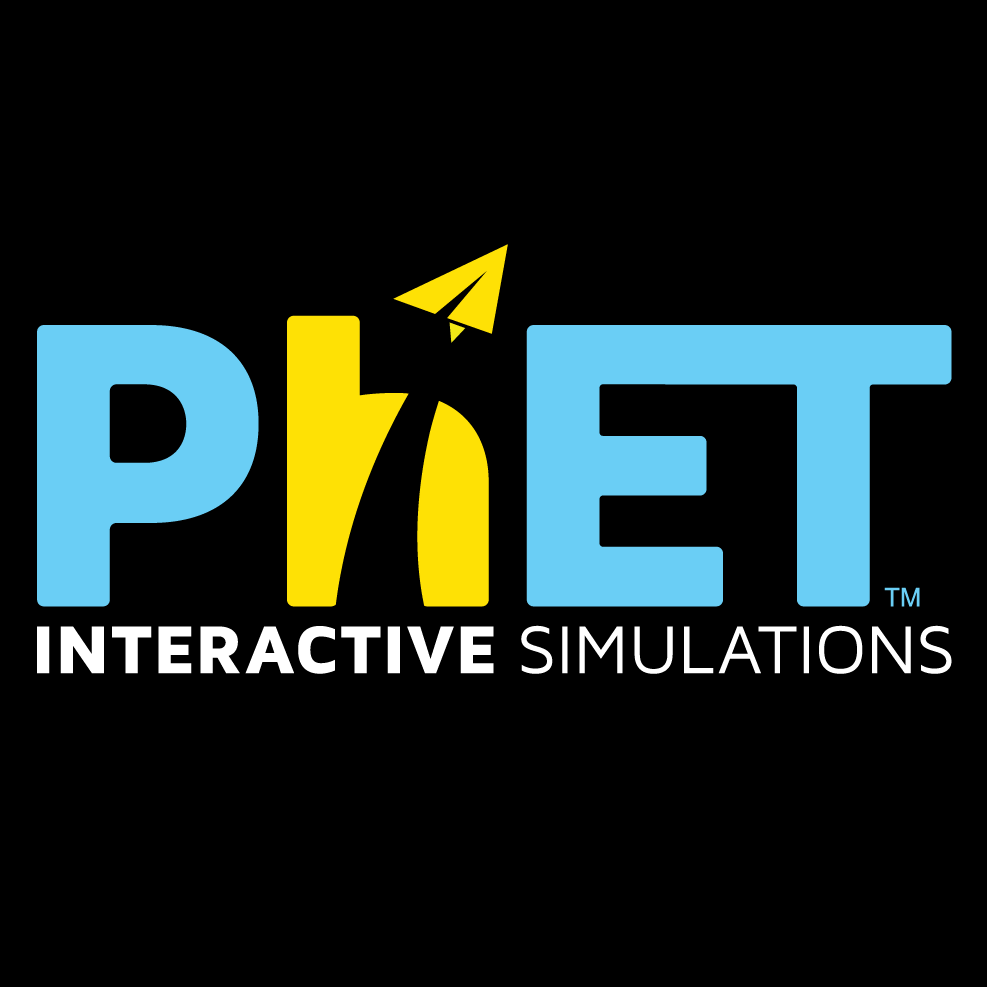Having become familiar with the Gradecraft platform for the purposes of this course, I started to ask myself if I really know the true benefits of using gameful learning as a pedagogical approach in my future classroom?
Gameful leaning is a pedagogical approach that takes inspiration from good games function and applies that to the design of learning environments. Gameful design operates in a self-deterministic framework to intrinsically motivate students. In order to move towards accomplishing this theory, student autonomy, solid learning objectives, and proper feedback, the freedom to fail, and transparency must be goals set.
Student autonomy can sometimes be underlooked in educational practices, but students need to have some control over their learning environment. It is suggested that students should be able to make decisions of how they will earn 50% of the points they need to get an A. So if you establish a design where students need 10,000 points to get an A, then 5,000 might come from assignments you ask everyone to complete and 5,000 from assignments
Feedback is highly encouraged by instructors and to give it to students as quickly as possible. Descriptive feedback is also as important and platforms such as Gradecraft are working to provide a variety of tools to support this.
Freedom to fail can seem like a scary concept for students, but we as educators should always encourage students to take risks and try things. Working hard, practicing over and over again, failing miserably. Sounds scary, right?! However, if we structure learning opportunities to be flexible and non-competitive, students will enjoy the experience and make it meaningful.
Transparency is truly the only way a system like this would work and in order to have transparency, instructors should have their assignments designed and ready to go right from the beginning. There are also no grading curves. Just as in games, you don't get points "extra points". Students need to be able to know that whatever points they earn maps directly to the grade they'll get.
A gameful learning pedagogy is a practice that I highly recommend that sets the bar high for students and motivates them to succeed and create high-quality work.
Reference: Gameful Pedagogy: Motivation First Pedagogy. (2018). The University of Michigan Office of Academic Innovation. Retrieved: http://www.gamefulpedagogy.com/








